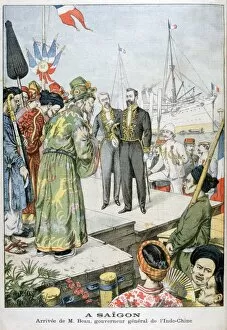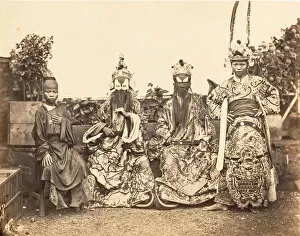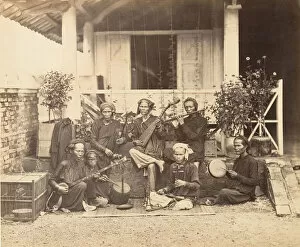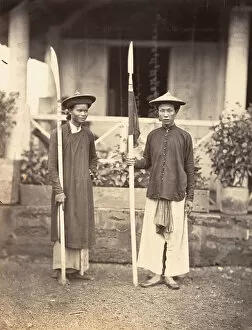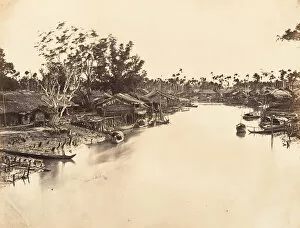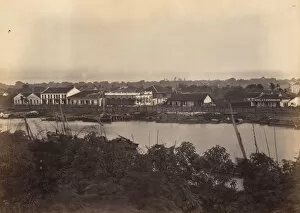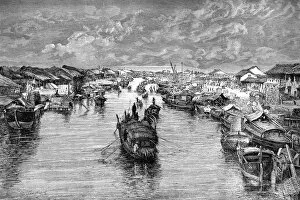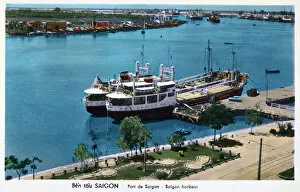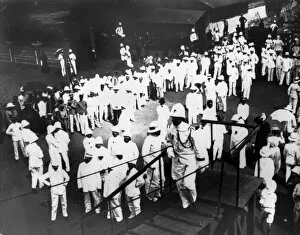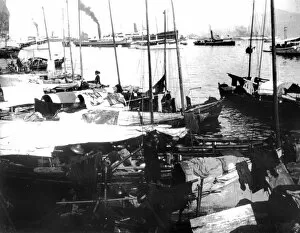Thanh Pho Ho Chi Minh Collection
"Exploring the Rich History and Culture of Thanh Pho Ho Chi Minh" Step back in time to 1902, when Paul Beau, Governor General of Indochina, arrived in Saigon
For sale as Licensed Images
Choose your image, Select your licence and Download the media
"Exploring the Rich History and Culture of Thanh Pho Ho Chi Minh" Step back in time to 1902, when Paul Beau, Governor General of Indochina, arrived in Saigon. This historic moment marked a significant chapter in the city's development. But let's rewind even further to 1866, where we find ourselves immersed in the vibrant world captured by Emile Gsell. His photographs showcase various aspects of life in Saigon during that era. Intriguingly, Gsell's lens takes us to a theater scene adorned with exquisite costumes. The yearning for artistic expression was evident even then. Moving on, we glimpse at the Pagode de la Ville Chinoise - an architectural gem that stood as a testament to the cultural diversity within Saigon. Its intricate details were awe-inspiring. As we explore further through Gsell's lens, another image transports us to the Etablissement des Messageries Imperiales - a bustling hub of communication and transportation that connected this thriving city with other parts of Indochina. The soundscape comes alive as we encounter Musiciens Annamites playing traditional melodies unique to Cochinchine. Their music resonates through time and space. Gsell also captures Matas (Miliciens indigenes), showcasing indigenous soldiers who played an essential role in maintaining peace and order during those times. Our journey continues into Bonzes de la Pagoda Chinoise (Cholen). These spiritual leaders held great influence over their community and contributed significantly to its religious fabric. Amidst all these captivating scenes, Gsell introduces us to Femme Annamite - a woman from Saigon whose grace and elegance are beautifully portrayed through his lens. Her presence adds depth and authenticity to our exploration of this remarkable city's past. Finally, Gsell treats us with breathtaking views of Saigon itself - its streets filled with life; its architecture blending colonial and local influences.

